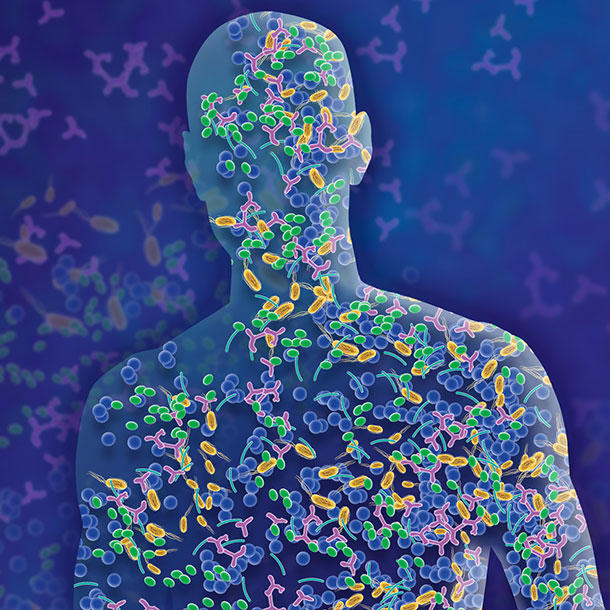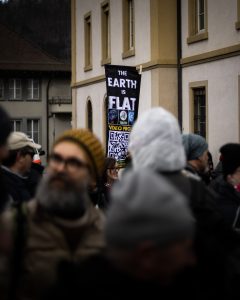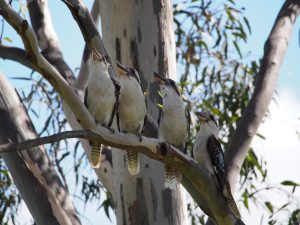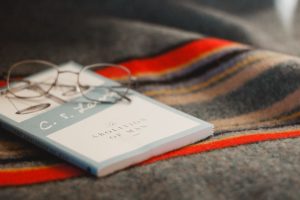Tracing the intricate interactions between yeasts, apes, and early human ancestors, Rob Dunn reveals how yeasts have shaped our biology, diets, and even societal structures. Humans engage in mutualisms (mutually beneficial relationships) with many species; scientists describe a subset of these relationships as domestication, where one species exerts control over the other. For example, we might say that leaf-cutter ants have domesticated the fungi that they grow to feed their babies, or that some ants have domesticated the aphids that they rely on as cattle, ferrying them from branch to branch and protecting them from predators and parasites. Generally, when a mutualism involves an animal and a plant or an animal and a fungus, we describe the animal as domesticating the plant or fungus. But often this distinction is unclear; one could easily argue, for example, that fungi have domesticated leaf-cutter ants as demonstrated by the extent to which they have alter…
Read the full article which is published on IAI TV (external link)





